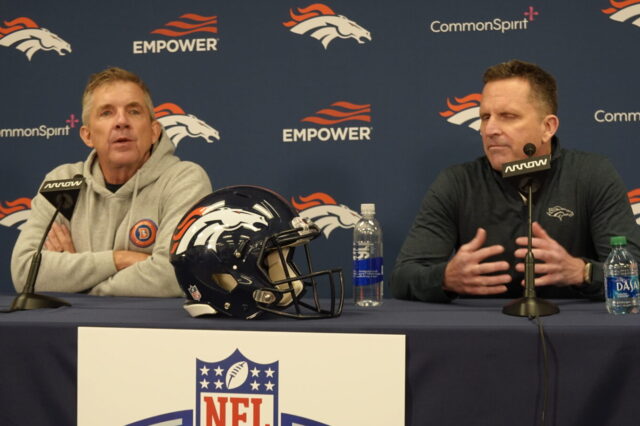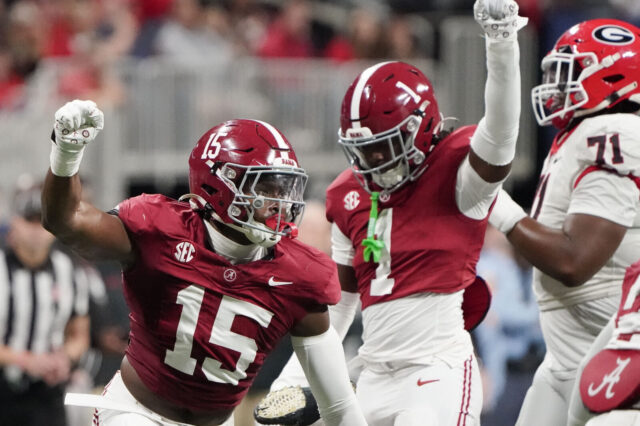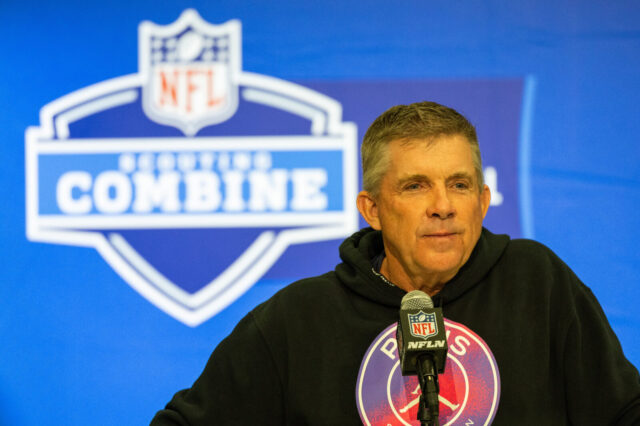Kyle Pitts grew up in Philadelphia and attended Abington Senior Highschool where he played quarterback before transferring to Archbishop Wood for his junior season. There, Pitts would switch positions to tight end, become a four-star athlete, and eventually end up at the University of Florida.
At Florida, Pitts put up astonishing numbers in his junior season. Finishing with 770 yards and 12 touchdowns in just eight games for the Gators. That level of production is rare at the tight end position and caught the eye of draft evaluators everywhere.
Many will question if the Broncos should consider another skill-position player on offense with the ninth pick of the 2021 NFL Draft, and honestly, for good reason.
In recent years, the Broncos have invested heavily into their playmakers, drafting a total of four pass catchers with top fifty selections since 2018. As a result, Denver already has a very young and talented group in place for years to come, but should that stop first-year general manager, George Paton, from selecting a talent like Pitts?
Positives
At 6’6 and 240 pounds, Pitts was able to clock an unbelievable 4.46 40-yard dash recently. Although unofficial, if that time is even close to correct, he will continue to climb up draft boards.
This combination of size and speed was often on display at Florida, where he was utilized as a true offensive chess piece. Florida Head Coach, Dan Mullen, aligned Pitts anywhere he could find a mismatch. Sometimes found as a boundary wide receiver, other times as a slot receiver, and frequently as a tight end, opposing defensive coordinators were left guessing.
As a boundary wide receiver, Pitts shows the athleticism and fluidity needed in today’s NFL to adequately separate at a high enough level, all while carrying a massive frame that NFL defensive backs are just too small to defend. In particular, Pitts shows off his physicality and aggressiveness often in 50-50 ball situations where he is able to box out smaller defensive backs, like a basketball player, and pluck the ball out of the air for big gains.
While aligned at tight end, he is way too fast and light on his feet for opposing linebackers to keep up with. This was displayed frequently in college where he consistently would pick up massive chunks of yards with either his ability to create separation and run after the catch or simply beat defenders deep with his speed.
Negatives
At this point in Pitts’ career, his biggest negative as a player is his blocking. Although he shows the necessary effort needed, Pitts lacks the desired bulky frame and technique to find great success in this category, early on in his career. With time, it is possible Pitts becomes bigger and stronger to help him with his blocking, but this may also hamper other parts of his game. At the end of the day, it’s unlikely Pitts will ever be an elite-level NFL blocking tight end but can make adjustments to his technique to be more than serviceable.
That might concern Denver more than most as the remaining tight ends on the roster – Noah Fant and Albert Okwuegbunam – are both talented receiving threats that need to continue to develop as blockers.
Verdict
Pitts enters the 2021 NFL Draft as one of the most highly-touted prospects to ever play his position. He truly has the potential to be an All-Pro NFL player and to offer the Broncos a level of versatility we have not seen in Denver since Julius Thomas departed for Jacksonville in 2015.
There are obvious questions as to whether he fills a need for the Broncos, but you would be foolish to pass on a player as talented as he is if he makes it to the ninth pick. With the way Paton has constructed his roster this offseason, they should take the best player available with the Broncos’ first pick in this year’s draft.
If Pitts makes it that far — considering he is one of the most elite prospects in this year’s class — odds are he’ll be the best player available.
Draft Projection: Top 10 pick
Player Comparison: Darren Waller



